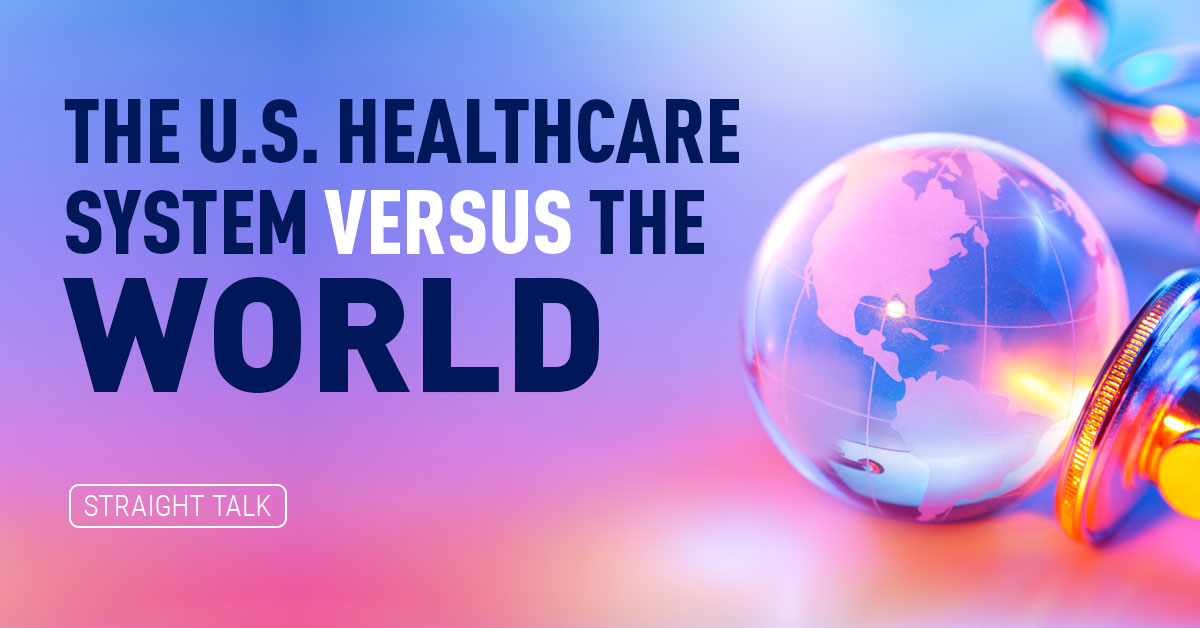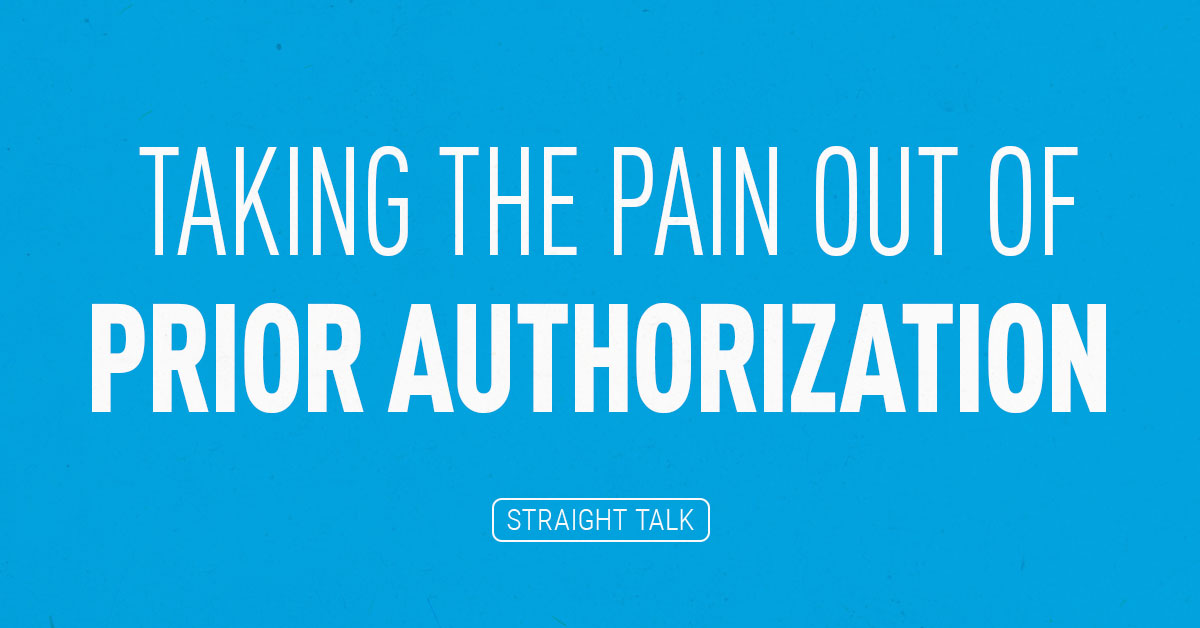Oh, yes, the headlines were blaring at me recently: “New research shows the United States’ healthcare system came in LAST compared to the 10 best in the world!”
Of course, me being me, I couldn’t let THAT stand without digging into the details. What I found was a lot more interesting to me than some random index position of us versus nine other developed nations. I’d love to share some of that with you today, and I hope you find it as fascinating as I did!
How Do You Measure a Country’s Healthcare System?
First of all, the authors of this study at the Commonwealth Fund were some heavy hitters in the medical research world. They’ve been performing this research every three or four years to assess who is making progress and who isn’t. Their deep dive looks into five categories of performance for a nation’s healthcare system, rating across 10 countries:
- Access to Care focuses on the affordability and the availability of care for the average citizen, not just people with insurance or higher incomes. (U.S. ranks 10th, Netherlands first)
- Care Process looks at critical aspects of the delivery of care like prevention, safety, coordination, patient engagement and sensitivity to patient preferences. (U.S. ranks second, New Zealand first)
- Administrative Efficiency focuses on challenges providers have when dealing with insurance or claims issues, government paperwork requirements, and patients’ time spent resolving medical bill disputes and completing paperwork. (U.S. ranks ninth, United Kingdom first)
- Equity measured the differences in care received by the wealthiest patients versus the poorest patients. (U.S. ranks ninth, Australia first)
- Health Outcomes tries to zero in on the healthcare outcomes most likely to be affected by actual treatment and can include things like life expectancy. (U.S. ranks 10th, Australia first)
Since this is a Straight Talk piece and not a critical research review, I just want to pull out some things I thought were most interesting in each category to give you a little context. I’ve written about differences between the U.S. healthcare system and others around the world before. This time let’s take a look at it based on the measures used in this study.
How America Measures Up
Australia’s healthcare system scored the highest among the 10 most-developed nations using Commonwealth’s index.
It’s also worth considering that most of the systems measured (Netherlands, Sweden, New Zealand, Switzerland and UK) are geographically quite small and not as diverse as the United States in many demographic measures, particularly in areas like wealth and ethnicity. These things have massive implications on the health measures being assessed. Of course, the winner, Australia, is a huge country with very diverse populations spread far and wide across the continent. So that’s certainly not a free pass for the United States.
Under Access to Care, the differences that really jumped out at me between the worst (U.S.) and best performers were centered around two things: out-of-pocket costs and availability of primary care.
First of all, NOTHING like our high deductible health plan model exists in any of the other 10 countries. And, cost sharing in most nations, even for major illnesses, is limited to 1 or 2% of household income each year. Often, other countries use built-in care models that cover 100% of costs for the first $5,000 or $10,000 of care used, then a percentage the patient has to pay starts.
Here in the United States, roughly one-third of all adults report avoiding care because of out-of-pocket costs. The authors show how other nations have rapidly beaten this problem and left us behind. We even have federally SPECIFIED cost sharing up to many thousands per year in the individual and small group markets that are annually increased by law. No other nation has anything like the out-of-pocket costs we specify here in the United States.
The authors also went into great detail about how the U.S. system de-emphasizes primary care education and compensation, leading to a lot of missed care. Our primary care availability scores were dead last. No other nation had anywhere near the Emergency Department or Urgent Care utilization factors as high as we have here. In most other countries in the study, primary care registration is mandatory and expected as soon as you move into a particular territory, and all medical records are shared by all providers. Going to the emergency department for a nonemergency is a uniquely American behavior among these 10 countries.
Under Care Process, the authors were complimentary of the U.S. system, which finished second in their study:
“Strong U.S. performance in care process measures were the result of the provisions of preventive services, such as mammograms and flu vaccinations, and an emphasis on patient safety. With respect to preventive care, the U.S. record increases as vigorous pay-for-performance policies (in Medicare and other payers) reward the delivery of these services.”
“A concerted focus in the U.S. on patient safety since the beginning of the century has yielded significant reductions in adverse events during hospital stays for heart attack, heart failure, pneumonia, and major surgeries between 2010 and 2019.”
When measuring Administrative Efficiency, I’m sure few were surprised to see the United States perform poorly (ninth place). The authors noted the reasons, many related to the hybrid private/public health insurance programs we use here.
“The U.S. performed poorly on most of our administrative efficiency measures. Many patients in the U.S. are forced to deal with medical bill issues, and patients are comparatively more likely to seek treatment in emergency departments for conditions that are treatable in outpatient settings. In the uniquely complex U.S. system of public and private payers — featuring thousands of health plans, each with its own cost-sharing requirements and coverage limitations — physicians and other health care providers spend enormous amounts of time and effort billing insurers. Denials of services by insurance companies are also common, necessitating burdensome appeals by providers and patients.”
Most of you I’ve spoken to over the years agree that dealing with medical billing is less than easy or fun. This is reflected in our scores here in the United States.
On the Equity measure, the United States was again punished for developing a system with lots of cost sharing, which disadvantages lower-income patients. The highest-scoring countries on Equity had health systems with no or very low cost sharing. That minimized the differences between the care received by citizens in those countries, regardless of their income levels. Most of these high-scoring systems allowed very little variation in coverage at all, typically by statute. The notion of an entirely separate health payment system for those with lower incomes (Medicaid) that pays providers much less for care versus getting the same care through commercial insurance that reimburses providers more to treat higher-income patients is uniquely American and caused the very low Equity scores here.
Finally, the Health Outcomes measures took a deep dive into categories like life expectancy at birth and deaths with preventable/treatable causes. The United States suffered in this measure because of two areas the authors considered avoidable that were much higher here than in other countries:
- Gun-related deaths (the majority suicides)
- Opioid/overdose deaths
Apparently, we have far more of BOTH of these than the other nine countries in the study. If you took out these categories of deaths from the measures, life expectancy overall went up significantly and pushed our rankings near the top.
The study pointed out that countries can create statutes or regulations to prevent young, depressed folks from having easy access to firearms. They can also diminish a steady flow of dangerous drugs from across national borders. This would likely reduce deaths in these two categories, both of which hurt our Health Outcomes rankings significantly.
I’d also be remiss if I didn’t point out another key difference between the United States and other countries when it comes to healthcare. Here, we are currently spending over 17% of our national wealth (Gross Domestic Product) on healthcare. Other countries, like the ones we’re compared to in this study, manage to spend at most 11% (and often less than that) on healthcare that works better for more of their citizens.
The Straight Talk on all this data is that when you apply rational measures to the way healthcare and healthcare funding are run, you can find lots of things we could do much better. At the end of the day, it boils down to whether or not we have the political will or trust in government to make that happen. There are more graphs and data in the study. It’s fascinating reading, so I’m sharing the link with you here.





Leave a Reply